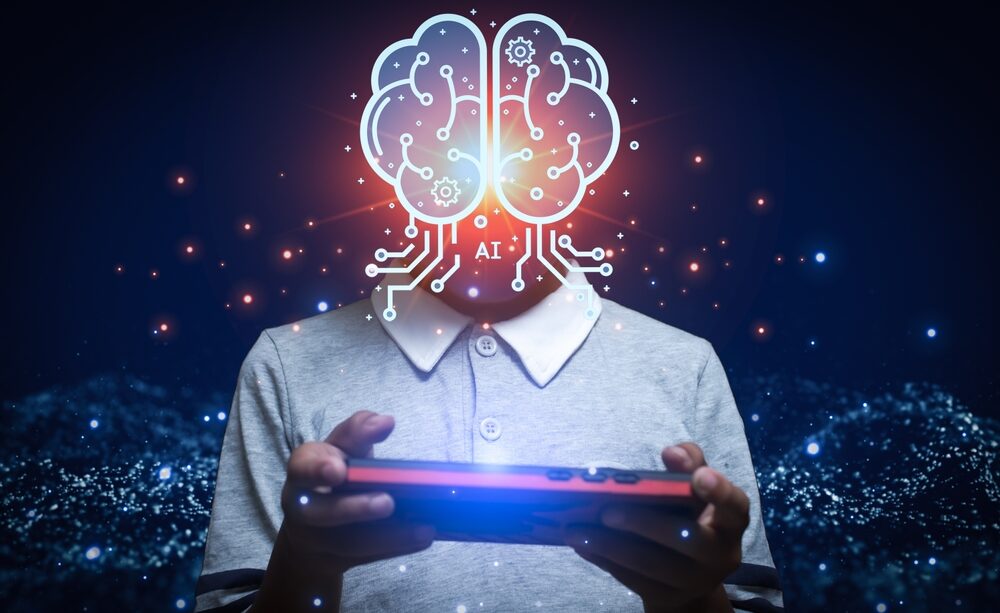Where You Stop Using AI And Start Being Creative: Balancing Technology and Human Ingenuity
Nowadays, AI tools like Robotic Marketer, ChatGPT, Bard, Gemini, and Grok have become integral to marketing strategies, offering efficiency and data-driven insights like never before. However, there comes a point in every marketing campaign where relying solely on AI falls short, and the need for human creativity becomes paramount. So let’s explore that critical juncture where AI meets human creativity.
The Rise of AI in Marketing
AI has completely shifted the marketing landscape, providing tools for data analysis, content generation, and predictive modeling. Platforms like Robotic Marketer help strategize by analyzing market trends and consumer behavior, while tools like ChatGPT and Bard offer content creation support. Gemini and Grok go a step further in automating complex tasks and providing deep insights.
Recognizing AI’s Limitations
Despite their capabilities, AI tools have limitations. They excel in processing data and identifying patterns but lack the ability to truly understand human emotions and cultural nuances. AI can suggest a content strategy based on trends but can’t grasp the subtleties of brand voice or the emotional impact of a narrative.
The Intersection of AI and Creativity
The intersection of AI and human creativity is where the magic happens in marketing. AI tools can lay the groundwork by providing data-driven insights and preliminary content drafts, but it’s the human touch that transforms these into compelling marketing narratives.
Where to Draw the Line with AI
- Strategy Development: Use AI tools like Robotic Marketer for market analysis and initial strategy formulation. However, the final strategic decisions should be made by humans who can consider the brand’s unique voice and long-term vision.
- Content Creation: AI like ChatGPT or Bard can generate content ideas or rough drafts, but human intervention is necessary to inject creativity, emotion, and brand personality into the final output.
- Customer Engagement: While AI can help manage and analyze customer data, the actual engagement and relationship building with customers require a human touch, understanding customer emotions, and responding empathetically.
- Campaign Execution: AI can optimize and automate aspects of campaign execution, but the creative aspects, like design and storytelling, need human creativity.
Harnessing Creativity in a Data-Driven World
- Embrace Storytelling: While AI provides data, humans turn that data into stories. Storytelling is a powerful tool that resonates on a personal level with audiences.
- Foster Emotional Connections: Brands need to connect emotionally with their audience. Humans can interpret emotional cues and craft messages that strike a chord with the audience, something AI currently cannot replicate.
- Innovative Thinking: Creative marketing often requires thinking outside the box, challenging norms, and taking risks. Human marketers can take the insights provided by AI and push the boundaries to create innovative campaigns.
- Cultural Sensitivity: Understanding and adapting to cultural nuances is crucial. Human marketers can ensure that campaigns are culturally relevant and sensitive, avoiding the pitfalls that AI might not recognize.
A Synergistic Approach
The future of marketing lies in a balanced approach, where AI and human creativity work in tandem. AI tools like Robotic Marketer, ChatGPT, Bard, Gemini, and Grok provide the analytical backbone, delivering insights and efficiency. However, the creative spark – the ability to tell stories, evoke emotions, and connect on a human level – remains uniquely human.
By understanding where to leverage AI and where to let human creativity lead, marketers can create more impactful, emotionally resonant, and ultimately successful marketing campaigns.


